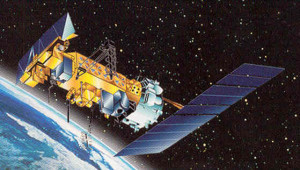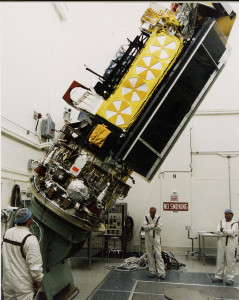The Joint Space Operations Center (JSpOC) at Vandenberg Air Force Base in California has served notice of a breakup of the National Oceanic and Atmospheric Administration’s NOAA-16 spacecraft.
Orbital debris related to the breakup is being cataloged. Potential close approaches to other satellites are being assessed.
Although pinpointing the cause of the breakup is under investigation, there is no indication that a collision caused the NOAA-16 breakup. SpaceTrackOrg has noted that, at this time, there is no danger to any other satellite as result of NOAA 16 breakup.
JSpOC detects, tracks, and identifies all artificial objects in Earth orbit.
2014 decommissioning
NOAA-16 Polar-Orbiting Environmental Satellite (POES) was also tagged as NOAA-L and was built by Lockheed Martin Space Systems Co., Sunnyvale, Calif.
NOAA-16 was launched on September 21, 2000 under technical guidance and project management by NASA’s Goddard Space Flight Center. The spacecraft was placed into a 470- nautical mile afternoon orbit.
The spacecraft was decommissioned after it suffered a serious anomaly on June 6, 2014.
NOAA announced on June 9, 2014 that the spacecraft was turned off.
DMSP break-up
In early February, a Defense Meteorological Satellite Program Flight 13 was involved in a debris-causing event. It too was built by Lockheed Martin.
A subsequent review of the incident determined there were no actions that could have been taken to prevent the incident. The mission was operated by NOAA on behalf of the U.S. Air Force.
The review into the unexpected loss of this satellite determined a failure of the battery charger as the likely cause.
Analysis indicated that one of the wiring harnesses lost functionality due to compression over a long period of time in the battery charge assembly.
Once the harness was compromised, the exposed wires potentially caused a short in the battery power, leading to an overcharge situation with eventual rupture of the batteries.






On the subject,
I saw large fireball West of Tampa last night about 9pm. White with orange and green near the nucleus and 3 explosions at the end. It was over the Gulf of Mexico.
Mike Boyle